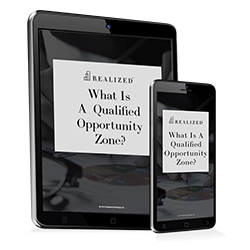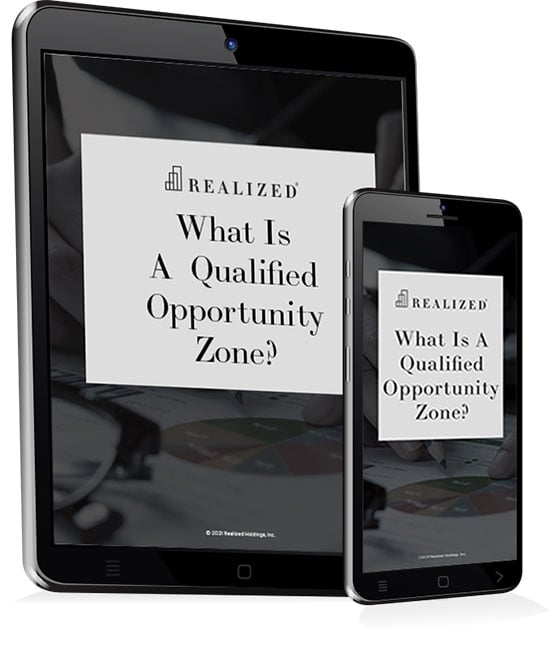
The Tax Cuts and Jobs Act of 2017 brought about many different kinds of tax reform, particularly for corporations and private investors.
One major provision of the sprawling tax act was the creation of Qualified Opportunity Zones (QOZs) in more than 8,700 economically distressed areas of the country. QOZs include downtown urban cores, suburban, rural, and industrial areas in communities across the country. In all 50 states, QOZs were designated using data gathered from the 2010 Census.
Qualified Opportunity Zones are located where millions of Americans live and work on a daily basis, from bustling big cities like Chicago or New York City to tiny farm hamlets in rural Nebraska or Iowa.
The crux of the QOZ program is an incentive that allows investors to defer paying taxes on their capital gains if they roll those proceeds into new investments in businesses and properties located in Qualified Opportunity Zones. If investors hold these QOZ investments for 10 years, the taxes on their initial capital gains are negated entirely.
What Qualifies as a QOZ Investment?
Investments in Qualified Opportunity Zones are made through Qualified Opportunity Funds (QOFs). QOFs are private funds that have been structured as partnerships or corporations for tax classification. Their sole purpose is to invest in businesses or properties located within or operating in Qualified Opportunity Zones.
Many different assets qualify as QOF investments, including:
- Existing businesses
- Affordable, student and workforce housing
- Office, retail, industrial, multifamily, hospitality, and mixed-use commercial real estate
- Infrastructure
- Energy development and renewable energy
QOFs must invest at least 90 percent of their capital into opportunity zones. Funds that purchase existing properties must make substantial improvements to them within 30 months to remain compliant with the many regulations and stipulations that come with QOZ investments.
Equipment and machinery counts as qualifying assets for substantial improvements provided it meets the following provisions:
- The equipment or machinery is used for a trade or business located in a Qualified Opportunity Zone.
- If not located in a QOZ, the equipment or machinery is intended for a business that draws half or more of its revenue from operations within a QOZ.
- It was acquired after 2017.
- It was acquired at arms-length by an unrelated third party.
Here are two easy-to-follow examples:
- A QOF makes substantial improvements on an older hotel located within a QOZ by replacing all the linens, curtains, mattresses, furniture, room furnishings, and other physical assets throughout the property.
- A QOF makes substantial improvements in a metal fabrication facility by purchasing new hydraulic press brakes, shears, plate rollers, and CNC laser or plasma cutting equipment.
QOZs provide unique investment incentives that are available to all types of investors, corporations, and pass-through entities. But there are many caveats to the program.
The Bottom Line
Investments made in Qualified Opportunity Zones are intended to spur economic redevelopment in distressed areas and bring about new development in parts of the country that historically have been overlooked by retail and institutional investors. These investments could help solve community issues such as the need for increased housing, improved infrastructure, business, and workforce development, or neighborhood stabilization.
New equipment and machinery are included in QOZ investments. However, there are many regulations and rules that must be followed to the letter to ensure these types of assets meet the “substantial improvement” requirement.
For most investors, QOZs are uncharted territory. The allure of gain deferral, basis adjustment, and tax-free capital growth shouldn’t gloss over the fact that your capital will be tied up for a minimum of five to 10 years, and due to the complexity of the QOZ program other non-tax complications could arise and impact your investment as well.



